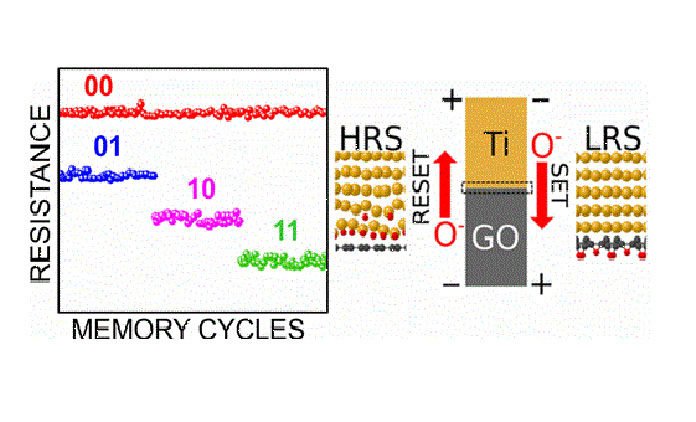Scientists from the University of Exeter have devised an innovative new technique to produce the quickest, smallest, highest-capacity memories for flexible and transparent applications. They have developed a new type of memory by using the hybrid of graphene oxide and titanium oxide. According to scientists, these ultrafast memory devices could pave the way for a future golden age of electronics.
Professor David Wright, an Electronic Engineering expert from the University of Exeter said, “Using graphene oxide to produce ultrafast memory devices has been reported before, but they were typically very large, slow, and aimed at the ‘cheap and cheerful’ end of the electronics goods market.”
Crucially, such kind of ultrafast memory devices holds the potential to offer a cheaper and more adaptable alternative to ‘flash memory’. Flash memory is currently used in many common devices such as memory cards, graphics cards, and USB computer drives.
According to researchers, the device could revolutionize not only how data is stored, but also take flexible electronics to a new age in terms of speed, efficiency, and power.
The device is 50 nanometres long and 8 nanometres thick. It can be written to and read from in less than five nanoseconds—with one nanometre being one billionth of a meter and one nanosecond a billionth of a second.
Co-author Professor Craciun said, “Being able to improve data storage is the backbone of tomorrow’s knowledge economy, as well as industry on a global scale. Our work offers the opportunity to completely transform graphene-oxide memory technology, and the potential and possibilities it offers.”
